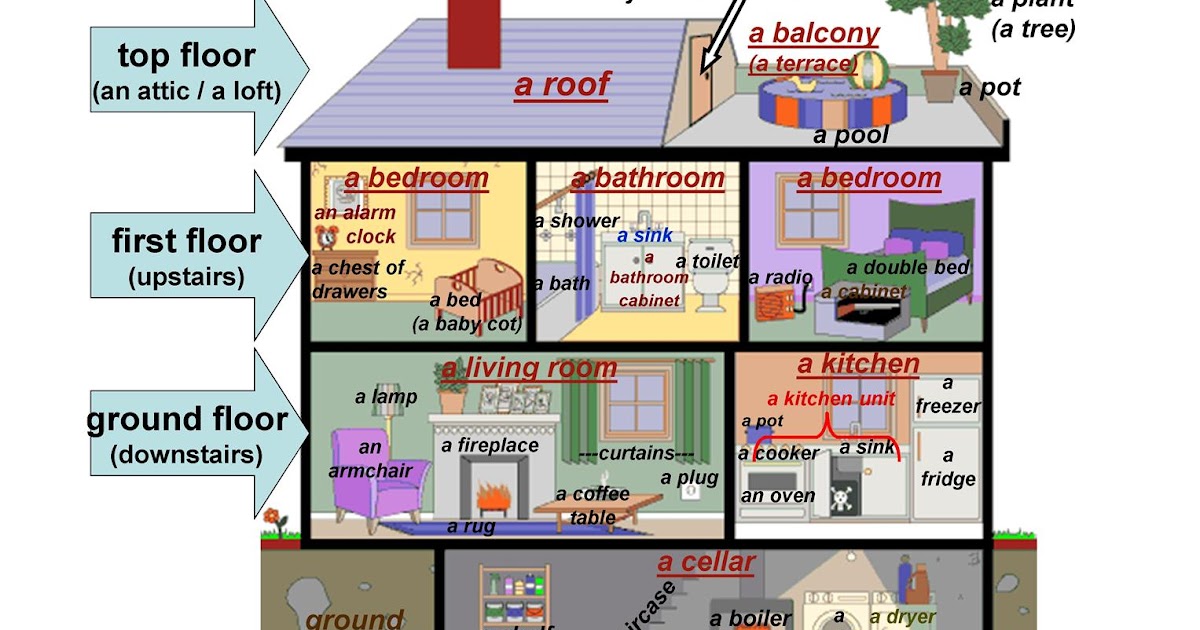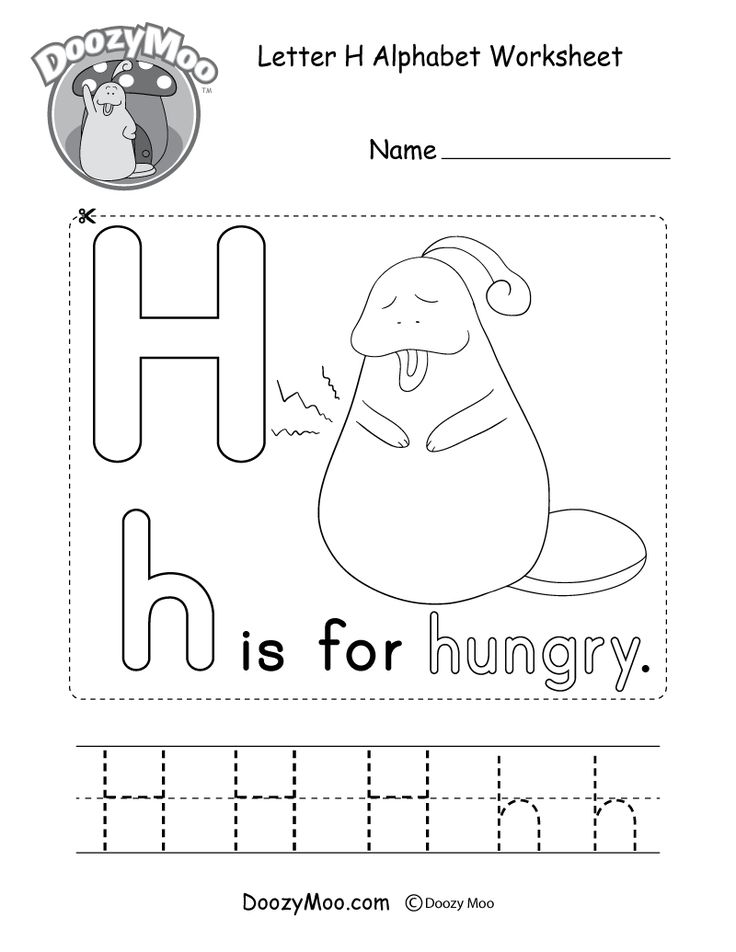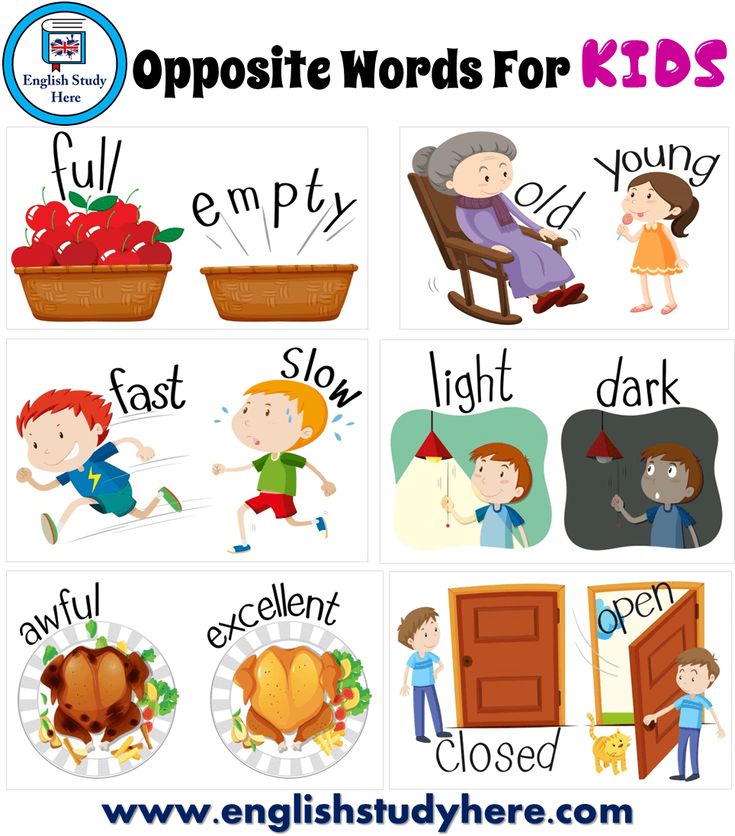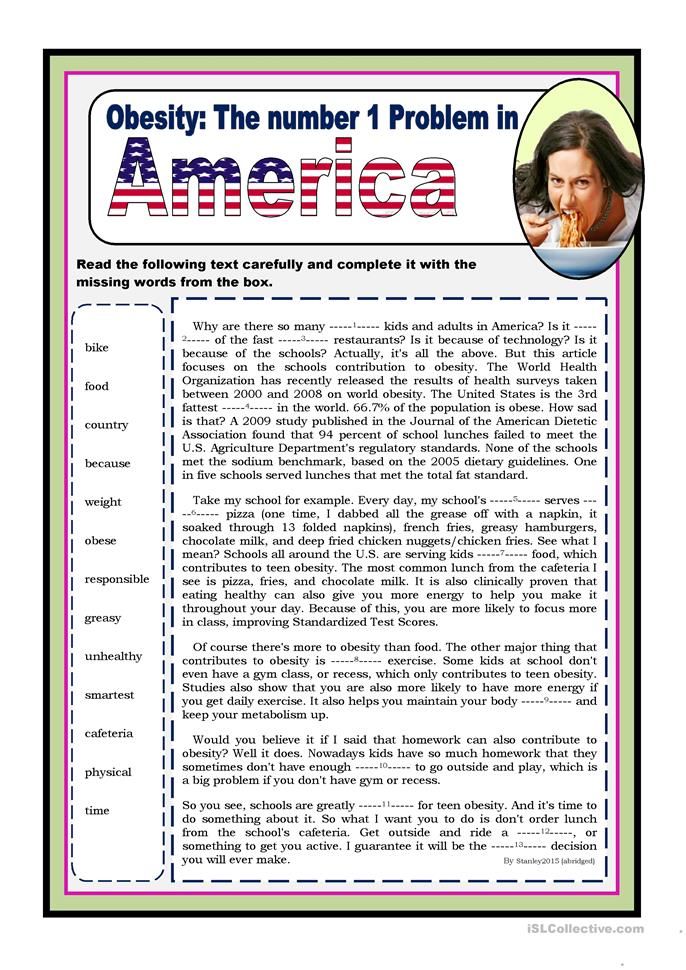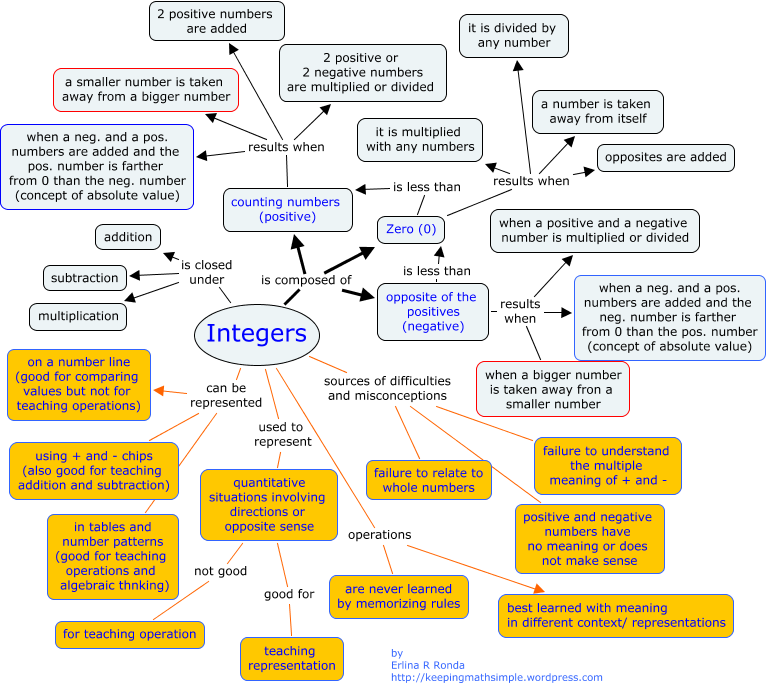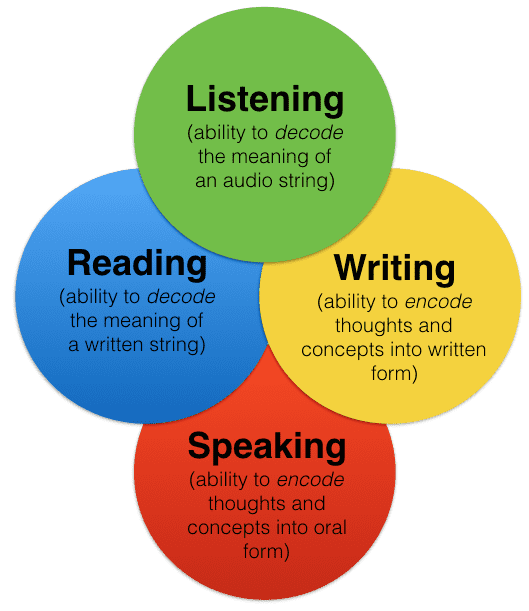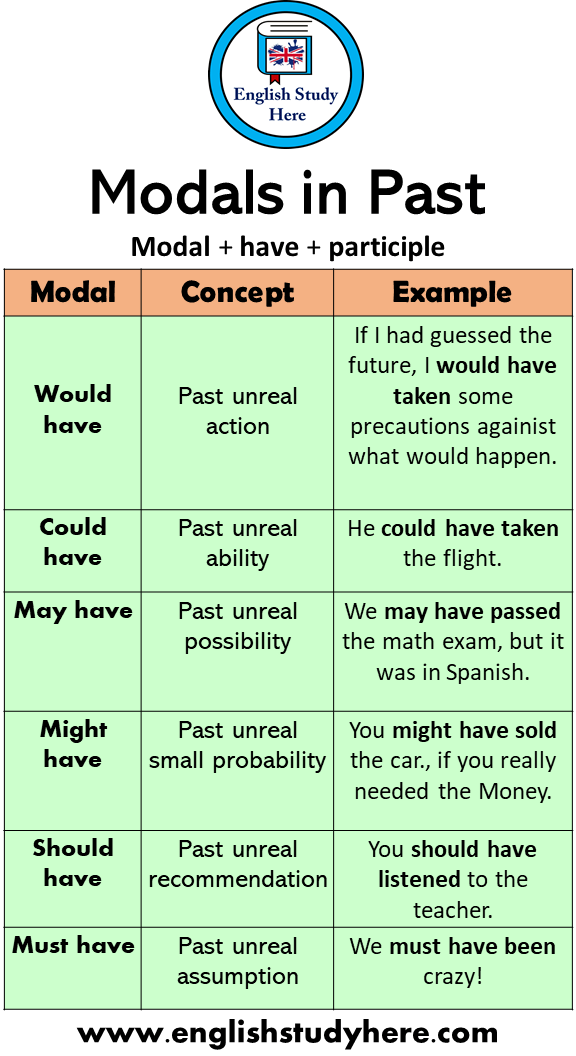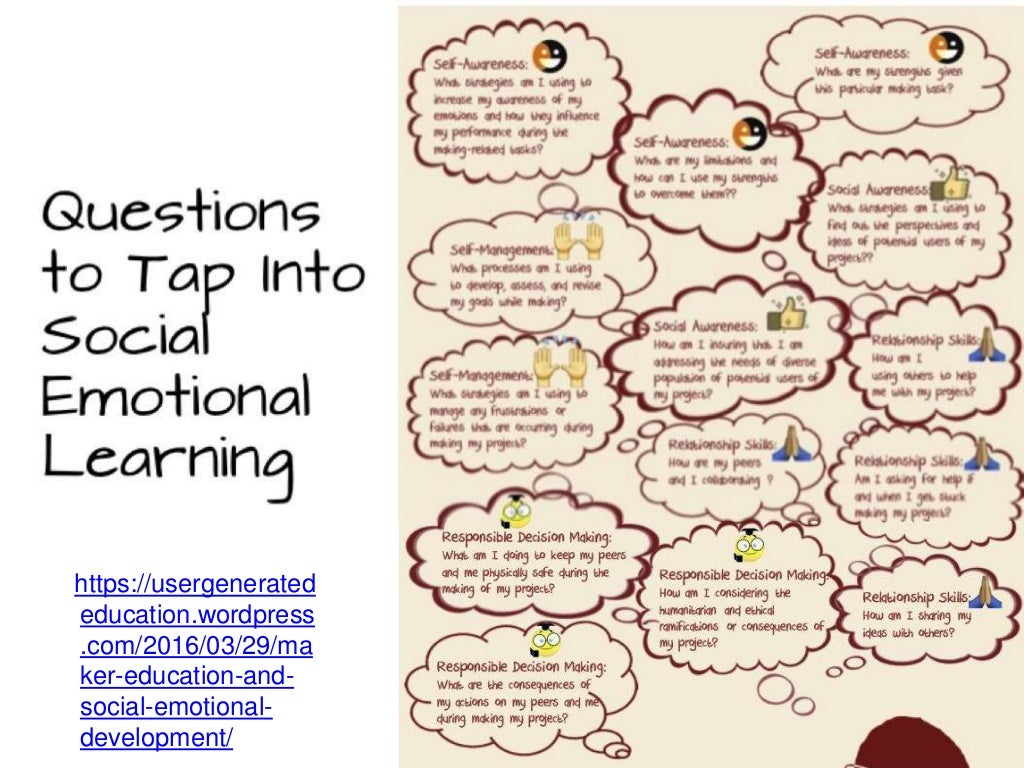Stages of writing development chart
The stages of writing development and how to teach your child to write. Find out what writing skills your child will learn and when they happen. Get easy suggestions on helping your child stay on track and learn to write.
How writing develops
There are four stages that kids go through when learning to write: preliterate, emergent, transitional, and fluent. Knowing which stage your child is in – whether he's scribbling in the preliterate stage or using "dictionary-level" spelling in the fluent stage – can help you support his writing development. Your child's ability to write is dependent on his ability to master a wide variety of literacy skills including recognizing letters, interpreting sounds, and print awareness, such as the spacing of words.
Children love expressing their thoughts and ideas verbally. Putting those thoughts on paper (writing) happens in stages that kids work through at their own pace. Any ages mentioned below are "typical ranges" and should be used as general indicators. And remember: No two kids are the same. Some will develop writing skills quickly; for others, it will take longer. If you're concerned about your child's progress when it comes to writing, speak to his pediatrician or teacher.
Preliterate stage: Scribbling is good (0 to 2 years)
In the first stage of writing development, any scribbling or drawing a child does is writing. As they watch you and other grown-ups write, young kids are encouraged to pick up crayons and start scribbling. This kind of pretend play shows that your child is thinking, "I'm a writer, too!"
It's a milestone moment when a child realizes her ideas can exist as writing. You'll know this is happening when you see her scribbling or drawing while saying words or telling a story. During this stage, applaud any and all attempts to write.
Tips for the preliterate stage
A great way to encourage your child as a writer – even in this early stage – is to say, "Tell me what you wrote.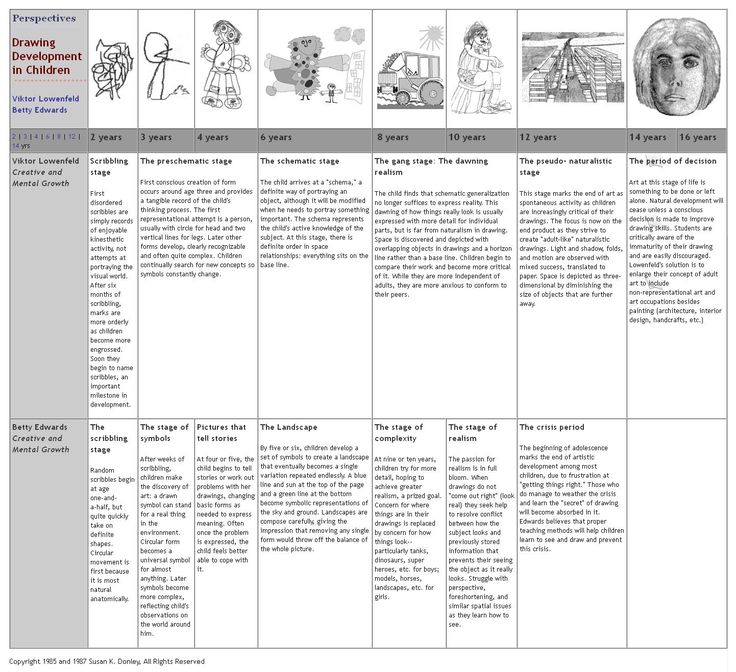 " Kids love sharing their stories, and you'll delight in hearing the often-elaborate and fantastical thoughts that are behind those simple scribbles.
" Kids love sharing their stories, and you'll delight in hearing the often-elaborate and fantastical thoughts that are behind those simple scribbles.
Keep paper and crayons or markers easily accessible so your child can start writing when inspiration strikes. Pens and pencils are fine too, but young children often have an easier time holding thicker writing tools.
You can also encourage your child by writing notes to her. A simple one that reads, "I love you!" waiting at the breakfast table can inspire a note in return.
Emergent stage: Letters appear in writing (2 to 4 years)
Is your child scrawling lots of random letters on a page? That's excellent! This means he is in the second stage of writing development, which usually happens between the ages of 2 and 4. Kids in this stage are taking the big step from scribble writing to appreciating that the "scribbles" grown-ups use for writing are symbols called letters. They're not quite matching letters to sounds – at least not consistently – but they are beginning to understand that letters play a special role in writing.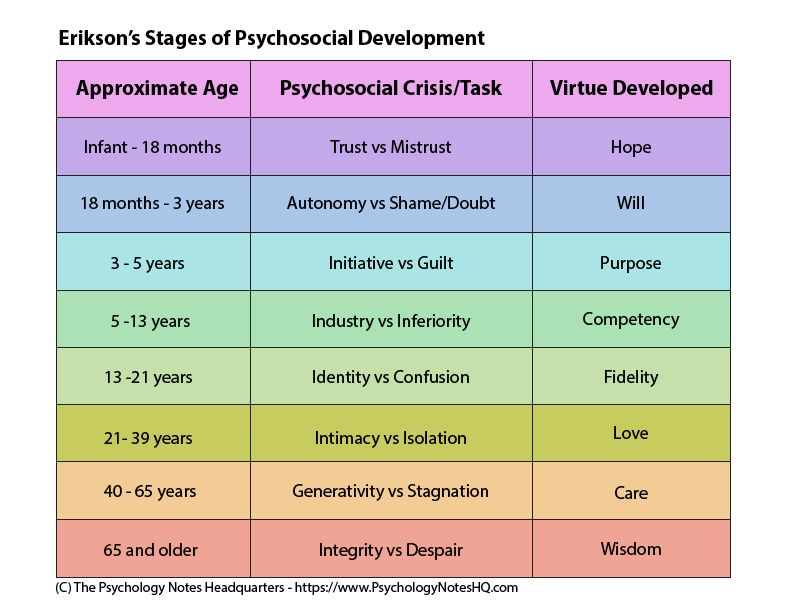 At the start of this stage, children might still use other symbols like drawings or squiggles. As they progress, kids start to use only letters and will firmly declare that they are writing.
At the start of this stage, children might still use other symbols like drawings or squiggles. As they progress, kids start to use only letters and will firmly declare that they are writing.
Advertisement | page continues below
Tips for the emergent stage
Teaching your child to write his name helps him understand that letters are used to make words. It also encourages the move from scribble writing to using letters as symbols. Once that's mastered, you can move on to teaching him to write words like "Mom," "Dad," and the names of other family members. Another fun idea: Make signs together for role-playing games, for example a STOP sign for when you're playing cars.
Reading is also important at this stage. A great way to encourage reading is to find time to read to your child everyday. In addition to encouraging him to love reading, reading aloud inspires his inner storyteller. He'll start to come up with his own imaginative tales.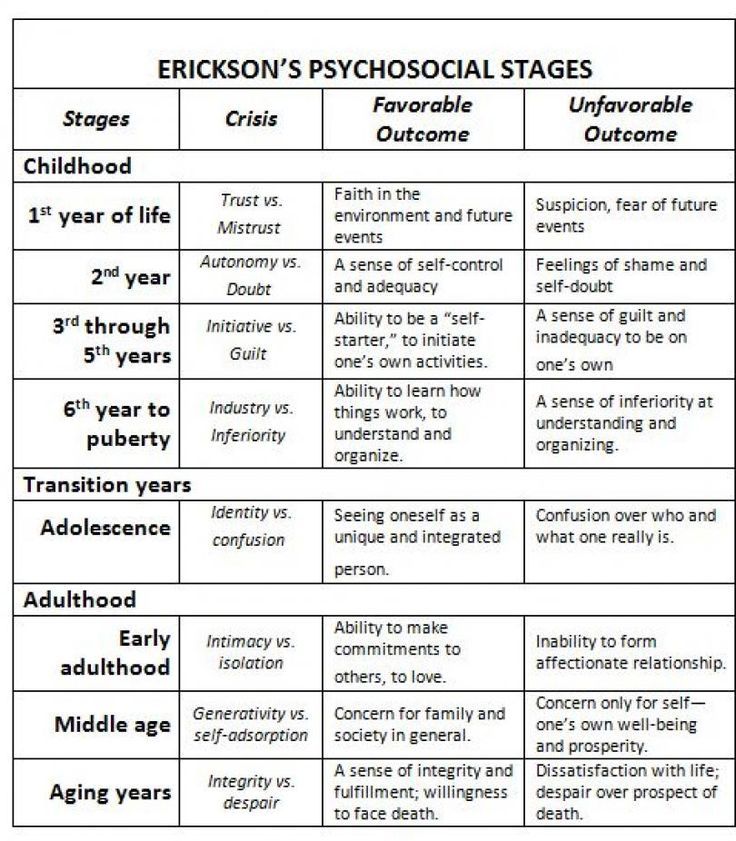 Reading aloud also reinforces the idea that words are made up of letters, and that words have specific meanings. When you read the same story over and over together, your child might begin to recognize some words. For many kids, this repetition isn't just a step toward reading but also toward writing. For example, once a child has seen the word "bug" in a story several times, he will start to recognize it. Once he recognizes it, he can move on to writing those three letters to tell his own story about bugs.
Reading aloud also reinforces the idea that words are made up of letters, and that words have specific meanings. When you read the same story over and over together, your child might begin to recognize some words. For many kids, this repetition isn't just a step toward reading but also toward writing. For example, once a child has seen the word "bug" in a story several times, he will start to recognize it. Once he recognizes it, he can move on to writing those three letters to tell his own story about bugs.
Transitional stage: Letters start to become words (4 to 7 years)
When kids start to realize that words are made up of sounds, and that letters represent these sounds, they stop using random letters in their writing. Instead, they start trying to match the sounds they hear in a word to letters they know. This cognitive leap often happens between the ages of 4 and 7.
A child might spell "My cat is happy" as "mi kat z hpe." This type of spelling is called "invented spelling.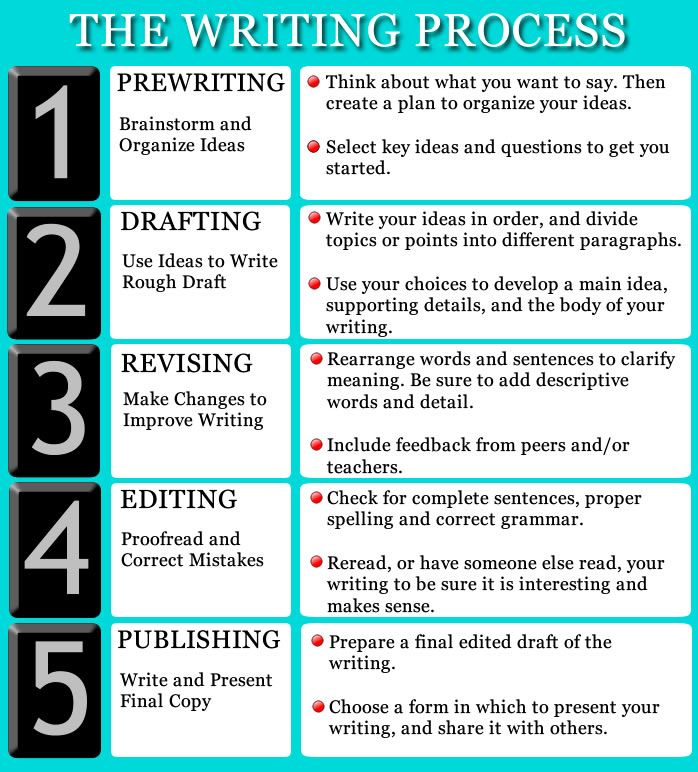 " Evidence shows that this effort to match individual sounds in words demonstrates that a child's writing and reading skills are getting stronger.
" Evidence shows that this effort to match individual sounds in words demonstrates that a child's writing and reading skills are getting stronger.
During this stage, kids often reverse letters or mix them up. It might be tempting to fix your child's mistakes, but instead focus on the fun. Mistakes like this are common at this age and are part of the learning process. Encourage your child's writing and communication, and save the spelling lessons for when she's older.
Tips for the transitional stage
Encourage your transitional writer by making writing part of pretend play. Help her write a menu for a tea party with her toys, or a prescription for you when you're playing doctor. Hold on to these little gems. You'll both enjoy trying to decipher the invented spelling in years to come.
Fluent stage: Spelling starts to have meaning (5 to 6 years)
In this stage (which usually happens between ages 5 and 6), children begin to use "dictionary" spelling rather than "invented" spelling.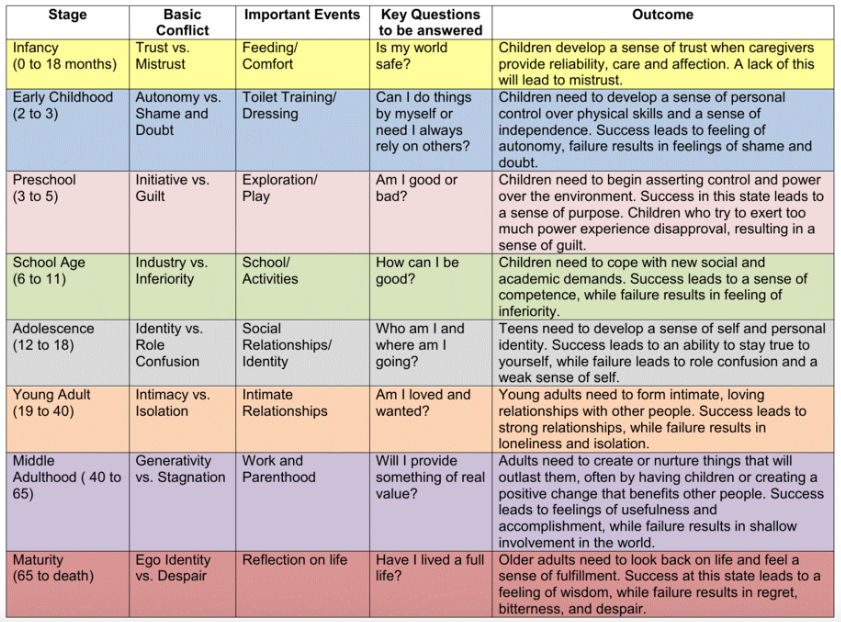 The spelling may not be accurate, but children are now aware that different spellings can have different meanings. They'll even begin to memorize some words, especially tricky but common words (like "was," "and," "the"), so that they can spell them correctly.
The spelling may not be accurate, but children are now aware that different spellings can have different meanings. They'll even begin to memorize some words, especially tricky but common words (like "was," "and," "the"), so that they can spell them correctly.
Trying to push kids to this stage too quickly can sometimes inhibit them, as they feel the demand for perfect spelling. If you feel your child is struggling with the pressure to spell perfectly, a great way to alleviate the stress is to introduce the idea of drafts. You can emphasize that a first draft is just to get ideas out, and the second draft is to check spelling.
It is also helpful for kids to begin memorizing common sight words like "was," "the," and "of." These words occur often, and the sounds do not follow the basic rules of spelling. Memorizing them makes spelling a lot easier.
Tips for the fluent stage
Encourage your child to use writing to connect with people. Try writing short letters to each other or family and friends. Another fun way to make writing a social activity is to write shared stories: You start by writing the first two or three lines of the story. Then, your child writes the next few. After that, someone else takes a turn, and so on.
Another fun way to make writing a social activity is to write shared stories: You start by writing the first two or three lines of the story. Then, your child writes the next few. After that, someone else takes a turn, and so on.
If your child isn't in the fluent stage and wants to play, he can dictate and you can write. Kids think of story ideas much faster than they can write them down, and this can cause frustration. When you write for your child, he gets to experience the delight of having his original stories documented. In time, his writing ability will match the speed of his thoughts. But until that happens, alleviate the frustration by offering assistance.
What writing stage is your child in? How are you supporting his writing future? Remember, each child goes through the stages of writing development at his own pace. He will move from one stage to the next as he develops a greater understanding of writing and his desire to write grows. Allowing your child to take his time going through the stages helps him stay excited about writing.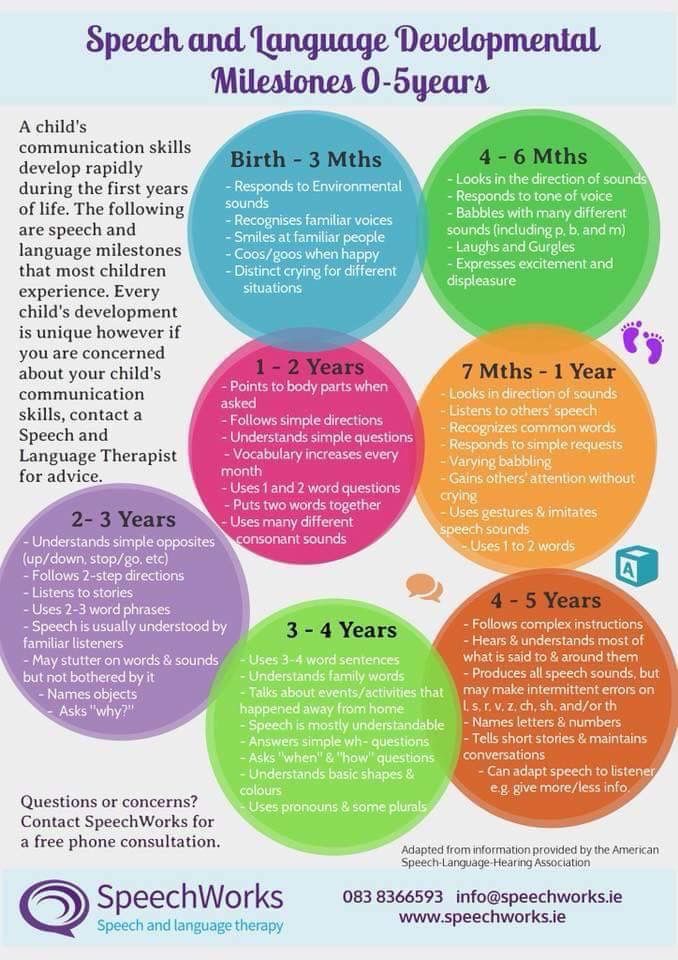 Observe, enjoy, and encourage your child's growth within each stage.
Observe, enjoy, and encourage your child's growth within each stage.
--
Is your child ready to learn to read? HOMER creates a fun, personalized learn-to-read plan based on your child's skill level and interests. It’s research-backed and kid-tested to give your child the best start to the learning journey. BabyCenter parents get the first month free (and if you choose an annual membership, up to 4 months free).
The Developmental Stages of Writing in Early Childhood
- Share
Here is a fascinating look at the journey through the six developmental stages of writing and how you can become involved and help facilitate children’s development at home and school.
Through the 1950s, many parents and educators believed the notion that children gain writing skills “when they are ready.” Groundbreaking research and publications on “emergent literacy” by Marie Clay (1926-2007), beginning in the 1960s, turned that on its head.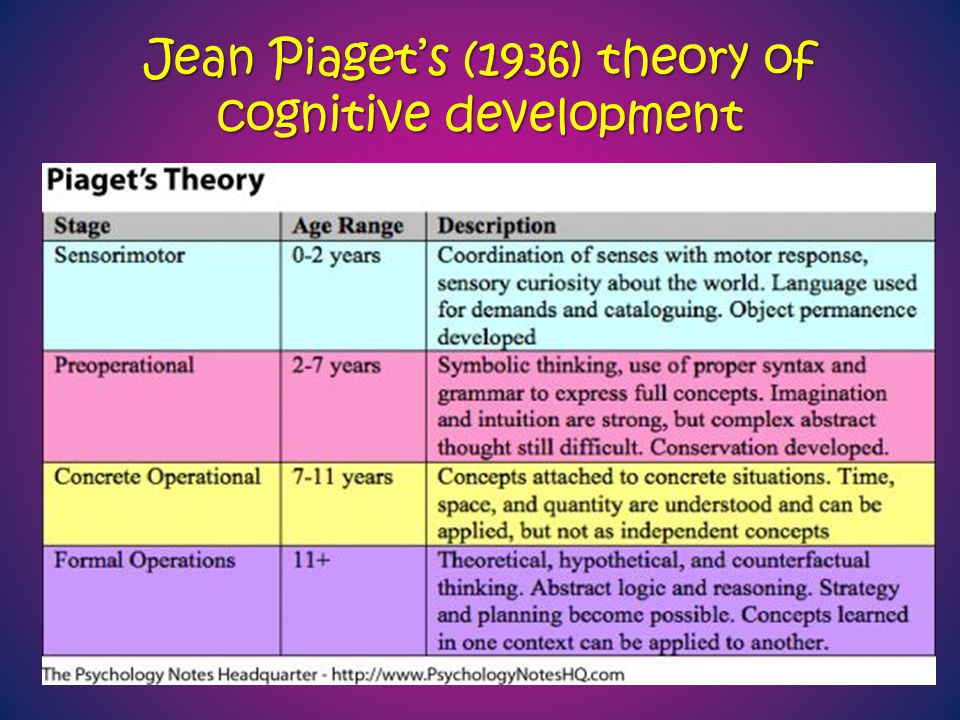
Her ideas started a revolution of sorts. Ms Clay’s theories have been pursued even further and are supported by current research.
We now understand that children pass through emergent writing stages in their development of skills, beginning with drawing and scribbling, which finally lead to spelling.
This development is based on many factors, and all kids do not necessarily pass through the stages of writing development in early childhood at the same age or grades.
How to Develop Pre-Writing Skills
You can help children attain pre-writing skills through activities such as these:
- Read aloud to children daily, beginning in infancy. Use sturdy, bright books such as board books, that small kids can easily handle.
- Recite nursery rhymes and other fun rhyming poems, especially those with repetition.
- Offer fine motor activities, such as building blocks, lacing beads, and cutting practice.
- Make paper and writing instruments available on a regular basis.
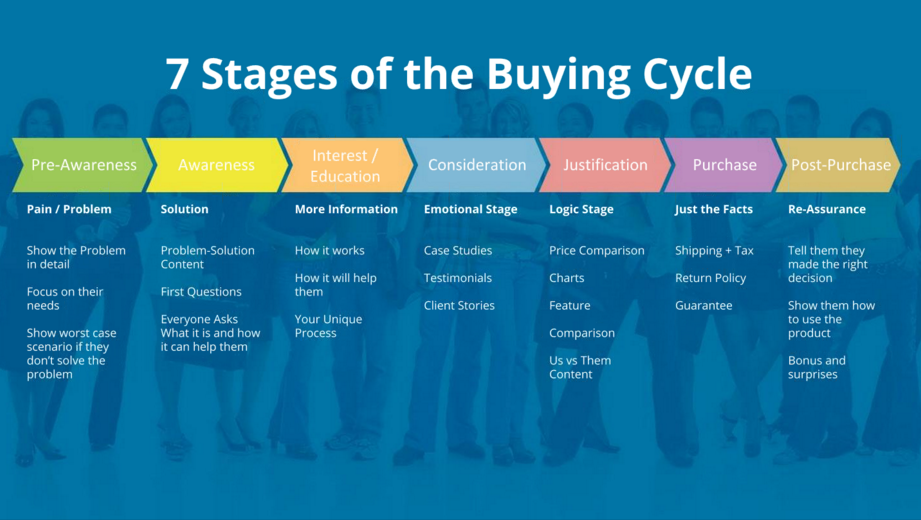
- Share your world verbally. Talk to kids about what is happening around you and the things you see. Ask questions and always try to answer theirs, as abundant as they may be!
- Ask your child to tell you about her drawings. You can then add a one-word label or a sentence describing what the picture shows. Read the word(s) back to her, pointing, and have her try to mimic.
- As children develop, ask them to “tell a story” about their drawings. Write down the words they dictate, reading them back as you write them. When finished, read their entire story, pointing at words. Urge them to do the same.
The 6 Stages of Writing Development
Children share the human desire to represent objects, thoughts, and feelings. This process begins in their drawings and eventually leads to writing.
Although these stages of the writing process sometimes go by different names, depending on your resource, you can expect your child to move through and meet the following types of milestones in their writing development.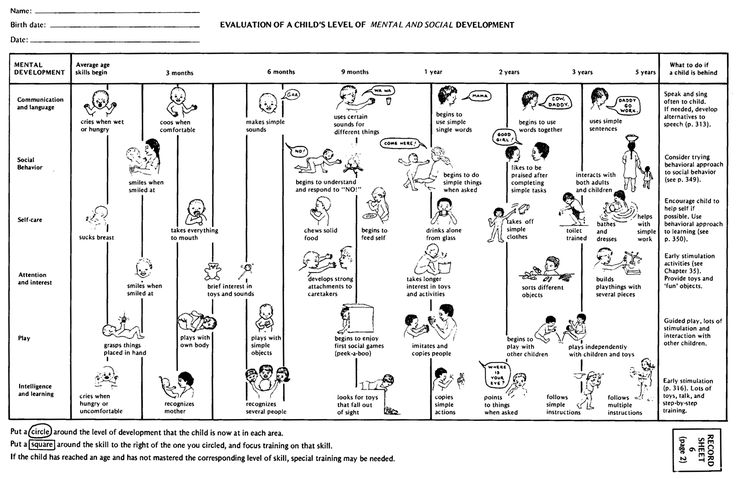
1. Drawing
With the use of various tools, your child draws pictures of familiar places and objects. He “reads” or explains his drawings to you and may tell an entire story about the drawing.
Some drawings feature one main scene, while others show a string of pictures, more like comic book format.
2. Scribbling
Often referred to as “pre-phonemic,” drawings in this stage sometimes contain scribbles of random lines or circles that look somewhat like letters and can combine with drawings.
Your child is probably learning to mimic how adults hold writing tools during this phase. They are learning about left to right progression, which often shows in their scribbling.
3. Creating Letter-Like Forms
Beginning what is sometimes called the “early phonemic” stage, your child may choose to ignore drawing to focus on shapes that look like letters.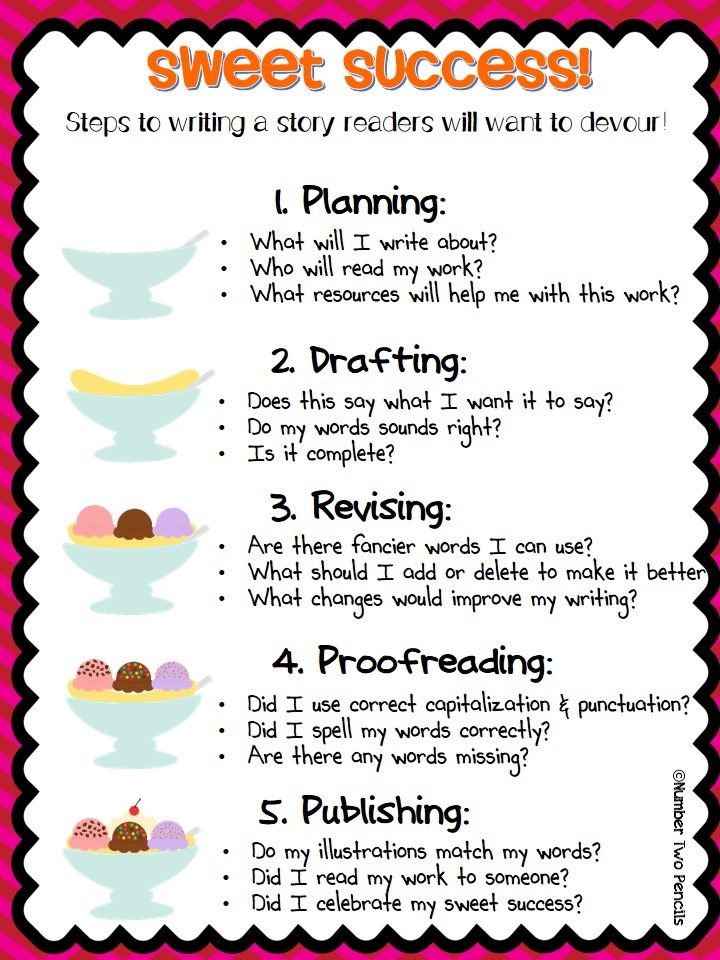 They commonly incorporate the first letter of their own name.
They commonly incorporate the first letter of their own name.
Children rarely pay attention to spacing in this stage.
4. Reproducing Strings of Random Letters
At this stage, children understand that print carries meaning, they use more “real” letters and pretend to write words.
They often learn how to effectively write their first names during this phase, as well.
Children may even “read” back to you what they have written. They most commonly use capital letters.
5. Invented/Transitional Spelling
Spellers in this stage often use single consonants to stand for words, such as “M” for “Mom” or “D” for “Dad.” Beginning and ending sounds emerge, and some children even attempt the middle vowels.
They start to use spaces between letters, write in a sentence-like format based on one idea, and even include some punctuation.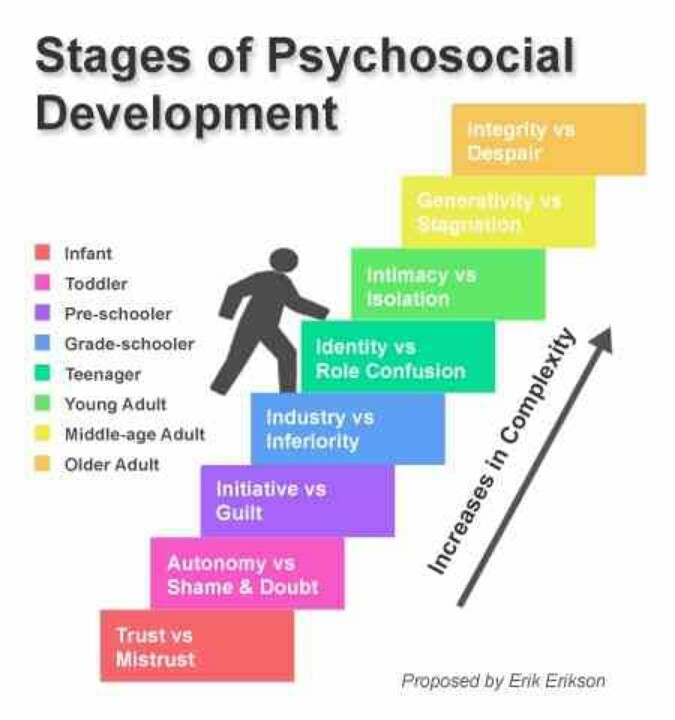
Writers in this phase may use both capital and lower-case letters. They often print familiar names and words (like “dog”) spelt correctly.
6. Standard Spelling
Gaining a wider vocabulary, learners in the standard spelling stage form many words correctly and begin to use and then master proper punctuation.
You can usually read and understand what they have written.
They continue to learn about root words, affixes, and contractions to fit with their evolving writing needs.
Ways to Encourage Writing Development in Each Stage
Here are some simple tips to encourage kids to develop early writing skills at various ages:
During the drawing and scribbling stages:
- Labelling common objects around the house is helpful.
- Always make sure to offer a variety of drawing papers, writing/art tools: pencils (skinny and fat), coloured pencils, crayons, paints, and washable markers.
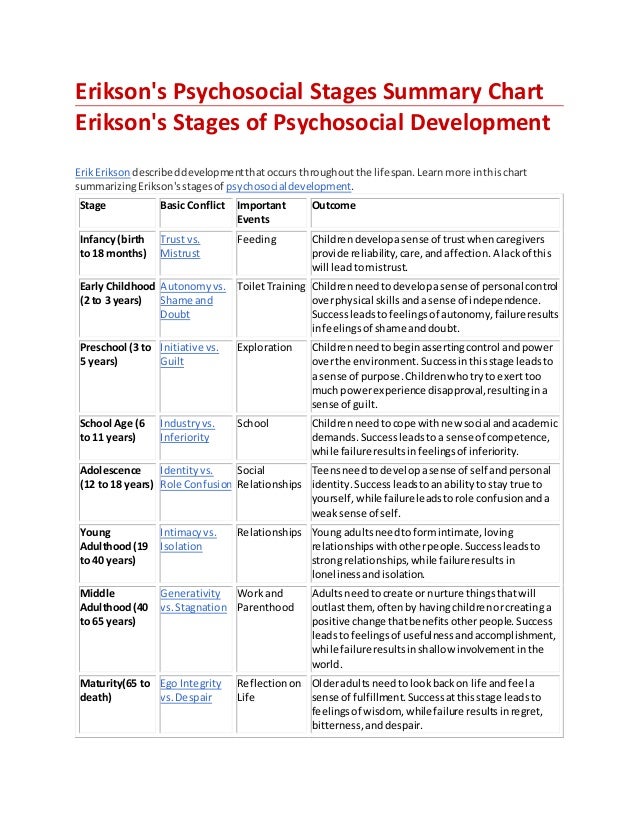 Inexpensive paper options include newsprint and paper grocery bags.
Inexpensive paper options include newsprint and paper grocery bags. - Offer plenty of encouragement in these early phases.
In the letter-like forms and strings stages:
- Point to individual words as you read to your child. This helps with left-to-right progression and one-to-one correspondence with words.
- Allow your children to turn the pages when they see you have come to the end.
- Use “big books” in settings with more than a few listeners so that everyone can see the book. In this case, kids can take turns, from one book to the next, turning pages.
- You can also try writing big books with your children about a shared activity or event.
For the invented/transitional phases:
- Play games with your children where they match letters to sounds.
- Use photos as “story starters” and urge kids to write stories about them.
- Create a “word wall” in your child’s bedroom or playroom with familiar sight words and names of people they know.
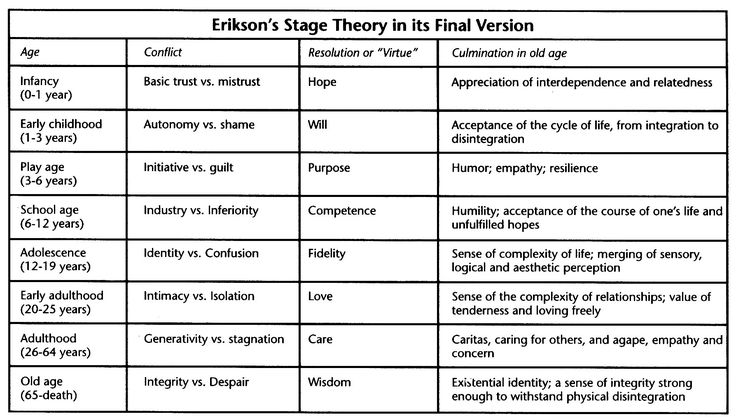
As children transition into the standard spelling stage:
- Focus on various reasons for writing beyond stories, such as lists, letters, journals, and greeting cards.
- Kids often become focused on spelling the words “right.” To avoid some need for adult help, offer sets of common word cards (with or without photos, depending on their development), which they can refer to, or make sure those types of words are displayed on their word wall.
- Show your budding authors how to choose topics for their writing.
Finally, for all stages and ages, remember to model the positive characteristics of writers and readers in your own daily routine. This reinforces the idea that parents place a high value on literary activities.
Source:
Clay, M. 2010. How Very Young Children Explore Writing. Heinemann: New Hampshire.
Get FREE access to Printable Puzzles, Stories, Activity Packs and more!
Join Empowered Parents + and you’ll receive a downloadable set of printable puzzles, games and short stories, as well as the Learning Through Play Activity Pack which includes an entire year of activities for 3 to 6-year-olds.
Access is free forever.
Signing up for a free Grow account is fast and easy and will allow you to bookmark articles to read later, on this website as well as many websites worldwide that use Grow.
- Share
Building business processes best practices
Building a company's business processes begins with the development of a scheme that reflects its essence and mechanism of work. Creating such a diagram will allow you to visualize how your business works or should work.
Contents of the article:
- How to start building business processes?
- General approach to work on building business processes of a company
- Mapping business processes nine0007 Business Process Modeling
- What qualities should a finished business process diagram have?
- Why is it necessary to build business processes?
- How to build a circuit?
- Result of circuit construction
- Video
How to start building business processes?
The stages of developing a business process will be successful if you are well versed in the specifics of your business and understand what chains of actions are needed for what.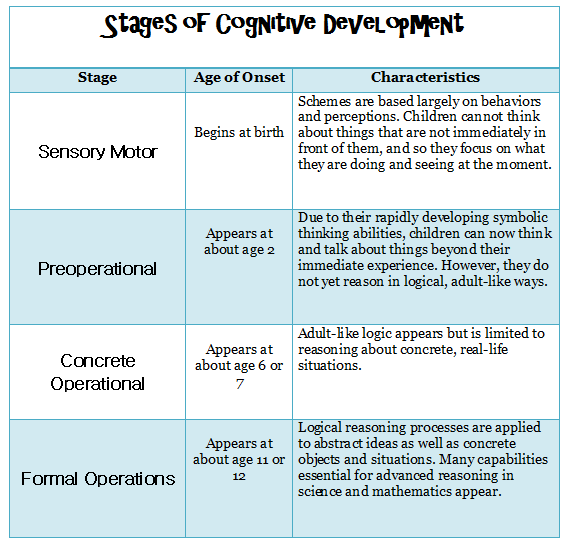 First you need to set the boundaries of all processes. You will need a complete list that lists in detail all the business processes in the enterprise. nine0003
First you need to set the boundaries of all processes. You will need a complete list that lists in detail all the business processes in the enterprise. nine0003
Scheme for creating the company's business processes
The structure should be simple and logical: long titles, complex descriptions of processes do not contribute to effective understanding. It is necessary to set such a name and description that give a meaningful, but brief description. In the description of the process, you can indicate the purpose or features of the use. Laconic names and a capacious description will simplify and speed up navigation, which is especially important with a large number of processes.
General approach to work on building business processes of the company
Working with a business process, as well as executing it, will be much easier with a thoughtful and logical structure. Before you start building, make sure that the structure is optimized, for which you need to follow important recommendations:
- Create small business processes, breaking them into logical blocks if possible.
 You should not put more than a dozen or one and a half elements on one diagram. If the process is complex, it is better to implement individual elements as sub-processes and set up links between them; nine0008
You should not put more than a dozen or one and a half elements on one diagram. If the process is complex, it is better to implement individual elements as sub-processes and set up links between them; nine0008 - Build the main flow of the business process at one level, alternative paths, neutral and negative events - in branches;
- When building a process, ensure that the largest number of threads are placed in one direction. You can choose from two popular building approaches: top to bottom or left to right;
- Give business process parameters clear, logical names. If the process parameter is not used anywhere, delete it. nine0008
Construction of the scheme and steps
Construction can be performed according to the following algorithm:
- Set boundaries. Any business process begins with a certain event and ends with another event. First you need to designate the events that are the beginning and end of the process.
- Draw process blocks.
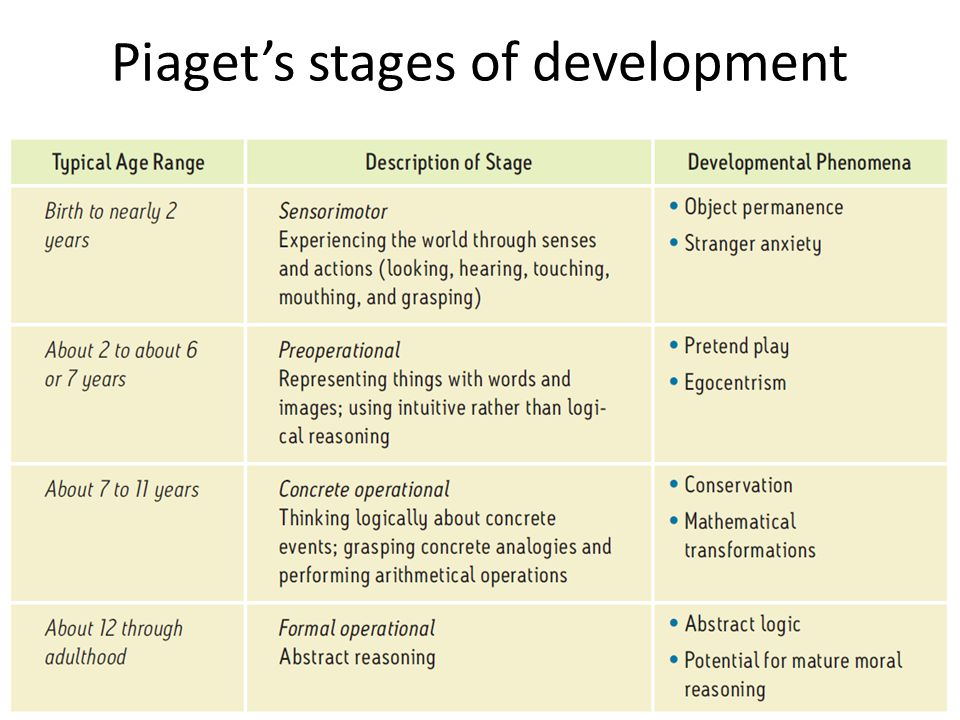 Build all blocks (subprocesses and operations) in the order in which they are executed. Remember that at this stage the circuit should be simplified. nine0008
Build all blocks (subprocesses and operations) in the order in which they are executed. Remember that at this stage the circuit should be simplified. nine0008 - Make the circuit more complex. Add possible scenarios to it, as well as intermediate business operations.
- Arrange the roles. Building a business process does not imply the introduction of specific positions or certain employees into the scheme. The construction uses the concept of a role. One role can be performed by different employees, one employee can perform several roles.
- Post documents that represent any information (letters, reports, messages). Also at this stage of construction, it is necessary to take into account intermediate products, which can be processes passing from one block to another. nine0008
- Specify the programs used, as well as the databases.
- Locate materials and tools that are used in business processes. However, do not make the description at this stage of construction too detailed.
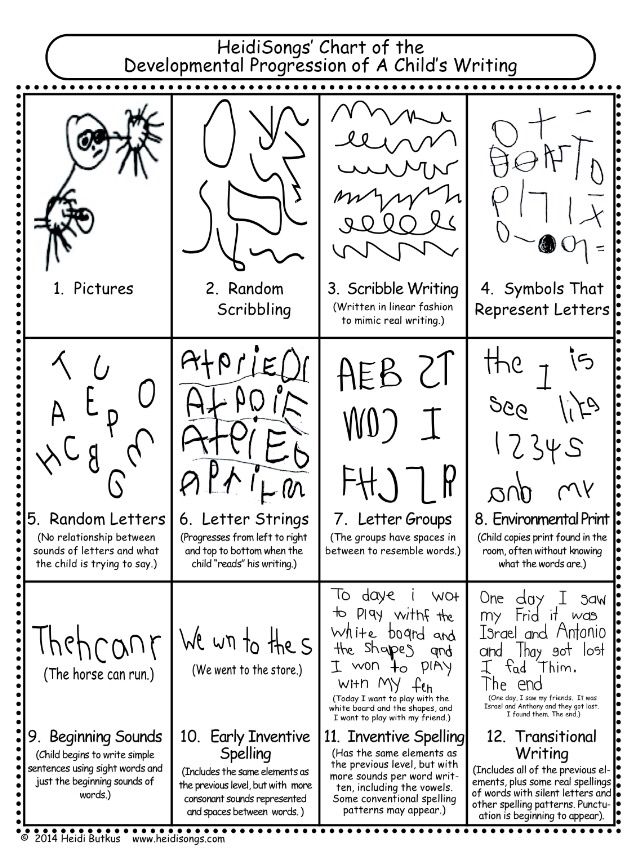
- Define the performance indicators that are taken into account in the system and add them to the building diagram.
- Link the schema to other business processes. Specify what your process exchanges with others.
- Check the resulting model after building. nine0008
Business Process Modeling
To better build a process, it is best to visualize it from the start. There are a number of programs for this.
ELMA BPM
ELMA BPM
Benefits:
- Visualization using diagrams;
- Does not require programming skills;
- Possibility of control to track the execution of tasks;
- Integration with the 1C Bitrix platform
- Role assignments; nine0007 Complete documentation for working with ELMA BPM is available
Business Modeling System Business Studio
Business Studio
Benefits:
- Allows you to create a visual organizational structure of the company;
- Maintenance of the staff list;
- Ability to model business processes;
- Visualization and control of the KPI system.
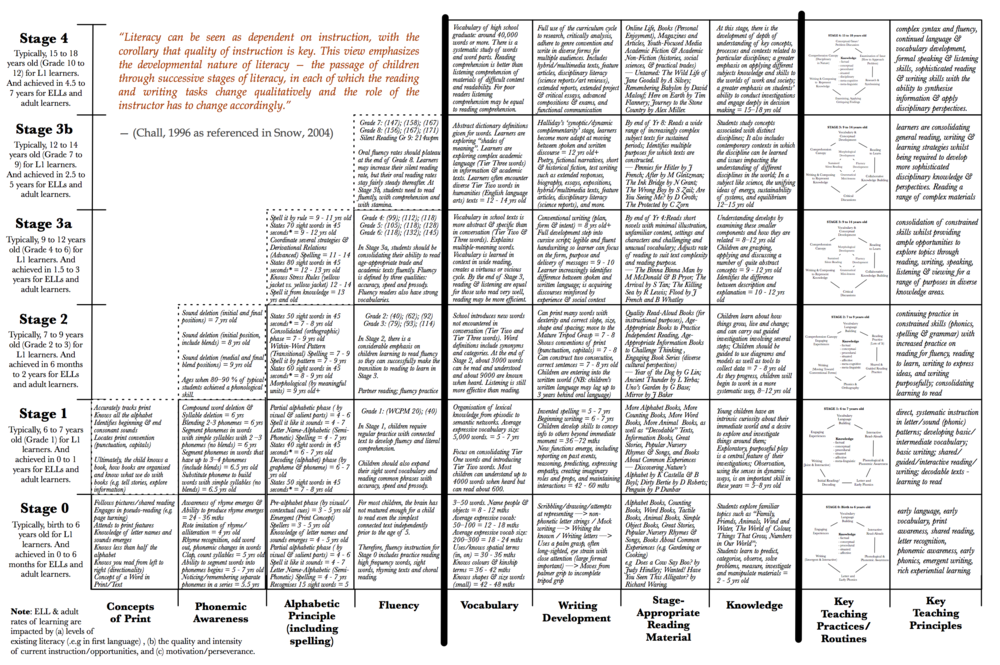
Visual Paradigm
Visual Paradigm
Benefits:
- Building any model
- Viability testing of models
- Auto-generation of documents
- Fine-tuning business process models
- Models can be converted to code
- Unload the model in graphical view
- Mac OS X version
What qualities should a finished business process diagram have?
Building business processes should end up with a clear and thoughtful scheme. Looking at it, you should get an idea of the following things:
- how the process starts and ends;
- with what other processes and how it is connected;
- what operations, by whom and in what order are performed;
- what documents are used and in what operations;
- what tools and materials are required;
- How high performance scores must be achieved for the process to be considered successful.
A high-quality diagram, prepared taking into account all the recommendations for construction, should be informative and easy to understand.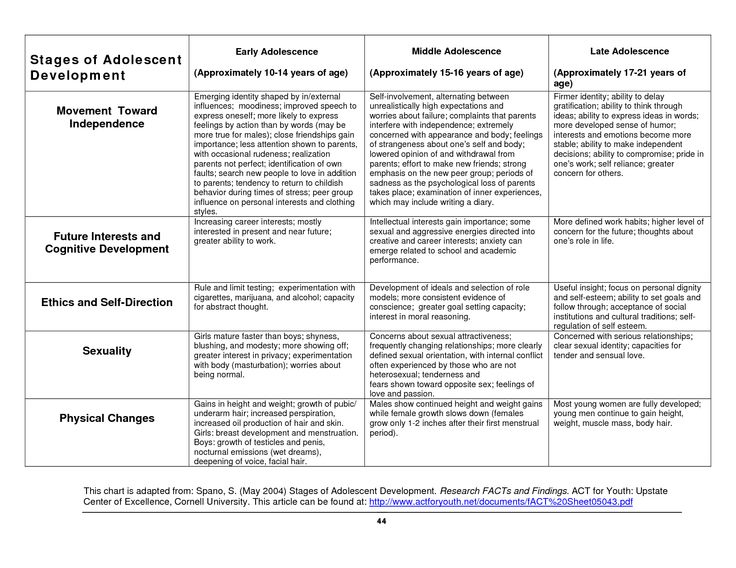 From it it should be obvious how the process is performed in real life. nine0003
From it it should be obvious how the process is performed in real life. nine0003
Business will be profitable only if important business processes are created in a timely manner. In essence, they represent a strategy that helps achieve the desired results. Therefore, the construction of business processes, the selection of the most important and their modeling should become an obligatory stage in the development of the company.
Business Process Diagram Example
Why do we need to build business processes?
The work of creating processes takes a lot of time, but brings effective results. The following construction goals are distinguished:
- Description. Forming a model will help you study the process from start to finish, assess its strengths and weaknesses.
- Rationing. Any type of activity is carried out according to the rules, so it is important to regulate the development of business processes.
- Relationships. Creating business processes helps to establish the relationship between individual elements.
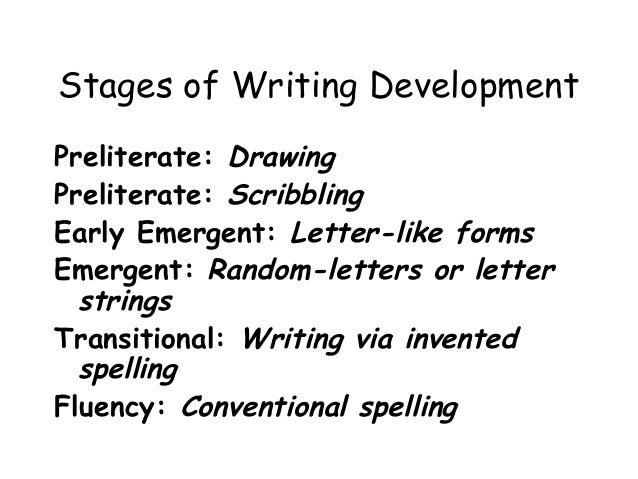
However, building a model alone is not enough - you also need to establish logical connections between different processes. Processes are formed in a certain sequence:
- Preparation: determining the timing of the project, as well as the composition of the participants.
- Development: analysis of triggering events, evaluation of approximate results and possible risks.
- Verification: Compare the results obtained with the expected ones.
The company's business processes are built using modern computer technologies and software.
How to build a business process diagram?
Stages of compiling business processes:
- Set boundaries. Designation of events that are the beginning and end of the process.
- Schematic illustration of process blocks. The location of blocks of subprocesses, operations in the order of execution.
- Schema complication. Adding various options for the development of events and intermediate operations to it.
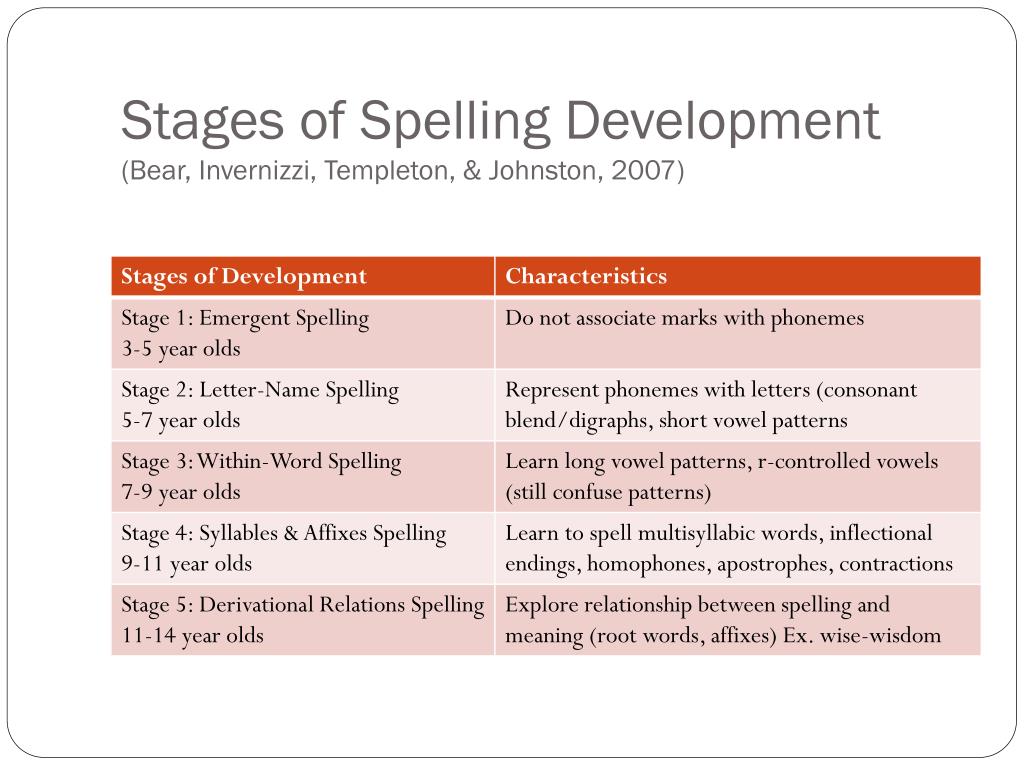
- Distribution of roles. To build a business process, it is not necessary to enter specific positions or certain employees into the scheme - the concept of a role is used. One performer does not necessarily fulfill only one role. nine0008
- Placement of documents (reports, messages, letters), accounting of intermediate products.
- Clarification of the programs, systems and databases used.
- Location of materials and tools used in the business processes of the enterprise.
- Definition of performance indicators.
- Associating schema with other processes.
- Checking the structure of the resulting model.
The result of building a business process diagram
A clear, thoughtful and understandable diagram is a valuable result that you need to strive for when creating a company's business processes. The construction, performed according to all the rules, should give an idea of the following things:
- how the process starts and ends;
- with what other processes than it is connected;
- what operations, by whom, in what order are performed;
- what documents are used in various transactions;
- what tools and materials are required;
- How high performance scores must be achieved for the process to be considered successful.

A good diagram is always informative and easy to understand. It gives an idea of how the process is performed in real conditions. nine0003
Video about building business processes
Development of a business process diagram: description, development.
Development of a business process diagram is a stage necessary for the development of any business. The model reflects the essence of each process and the mechanisms underlying it. The stages of business process development are described in detail in this article.
Why do we need a business process diagram for a company?
The process diagram is a kind of plan for the implementation of business ideas. The model contains a description of the desired results and the specific steps that need to be taken to achieve them. nine0003
Development of the organization's business processes allows:
- Assess the picture of the state of the business as a whole and take into account all possible scenarios when planning systems;
- Research and analyze a process so that you can see how it can be changed or improved through software automation;
- Make the action plan for the implementation of each business process more visual;
- Reduce unintentional errors, prevent unnecessary changes at the system planning stage.
 nine0008
nine0008
Business Process Diagram of a Company: Creation Steps
Developing business process models is not too difficult, but rather painstaking task. Before creating and implementing a schema, you need to understand what questions it should answer. During modeling, it is necessary to strictly adhere to the creation algorithm.
Before describing and modeling business processes, it is important to establish their boundaries. Creating a system for developing business processes begins with compiling a list of all processes existing in a particular enterprise. nine0003
The algorithm presented in this article will be useful for those who have not previously described business processes. The step-by-step development of a company's business process diagram is not difficult.
Instructions for developing a business process diagram
Stage 1: identifying process boundaries
The development of an enterprise business process is always based on information about the events that serve as the beginning and end of the process.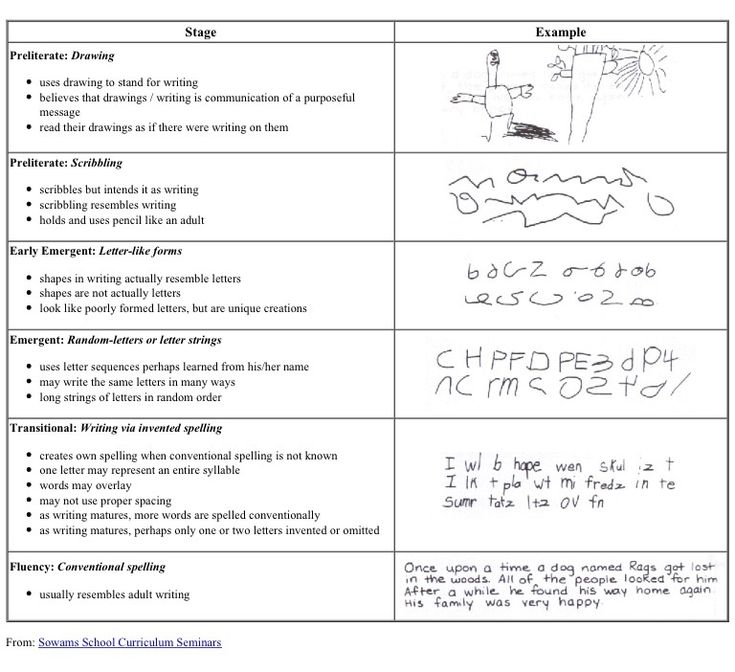 The first thing you need to do is find out what events play this role and label them on the diagram. nine0003
The first thing you need to do is find out what events play this role and label them on the diagram. nine0003
Stage 1: Depicting the main blocks of the business process
Stage 2: Depicting the main blocks of the business process
The business process development plan includes the arrangement of the main blocks of the process (operations, sub-processes) in the order of their execution.
Order of tasks
At this stage, the information scheme should not be complicated. Reflect blocks in such a way as if all the processes of the project are running perfectly.
Stage 3: Adding forks and other events
The project development business process at this stage is somewhat more complicated. It is necessary to add the main options for the development of the process, as well as all the intermediate events that accompany it. The scheme is supplemented with the missing operations.
Step 3: Adding forks and other events
Step 4: Defining the roles of participants
Planning and developing business processes does not include the mention of positions or specific employees of the company.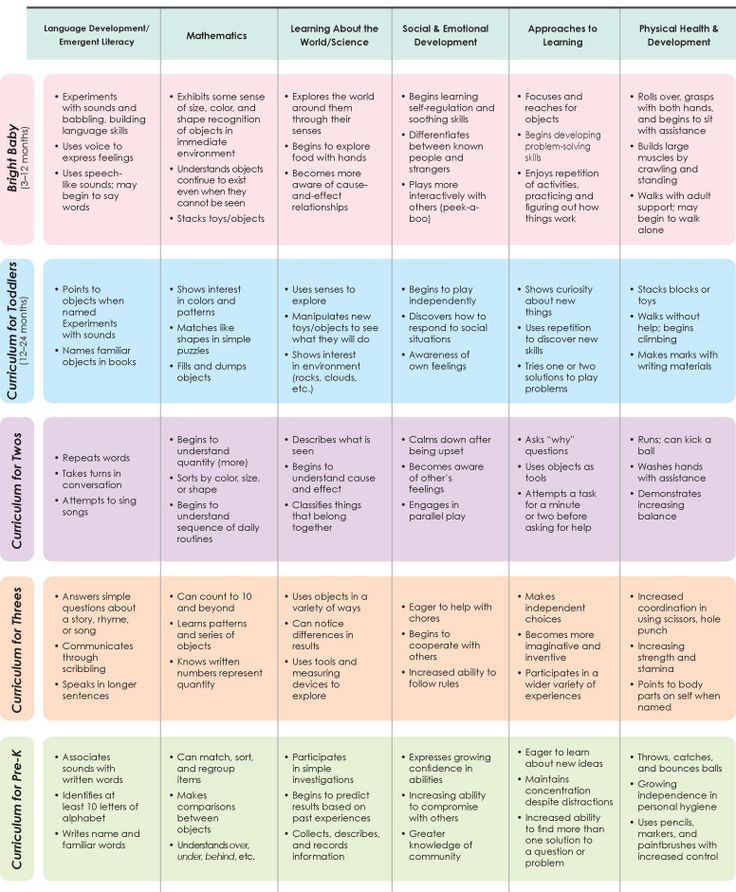 Instead, the concept of a role is introduced. When modeling processes in a company, one employee does not have to perform only one role. The position of a person in an organization consists of a set of roles performed by him. nine0003
Instead, the concept of a role is introduced. When modeling processes in a company, one employee does not have to perform only one role. The position of a person in an organization consists of a set of roles performed by him. nine0003
Step 4: designate the roles of participants
Missing activities can be added to the plan as needed.
Stage 5. placement of documents
Development of an information model of a logistics business process is impossible without documents. The role of the latter does not have to be a piece of paper, certified by a dozen seals and signatures. In the business process management of an enterprise, documents mean information presented on any medium: a presentation on a flash drive, an email, a report on a disk, an SMS message. nine0003
Step 6: Add used programs or databases
Developing a company's business processes sometimes requires the display of intermediate products that move between process blocks. Their role can be semi-finished products, blanks, etc.


